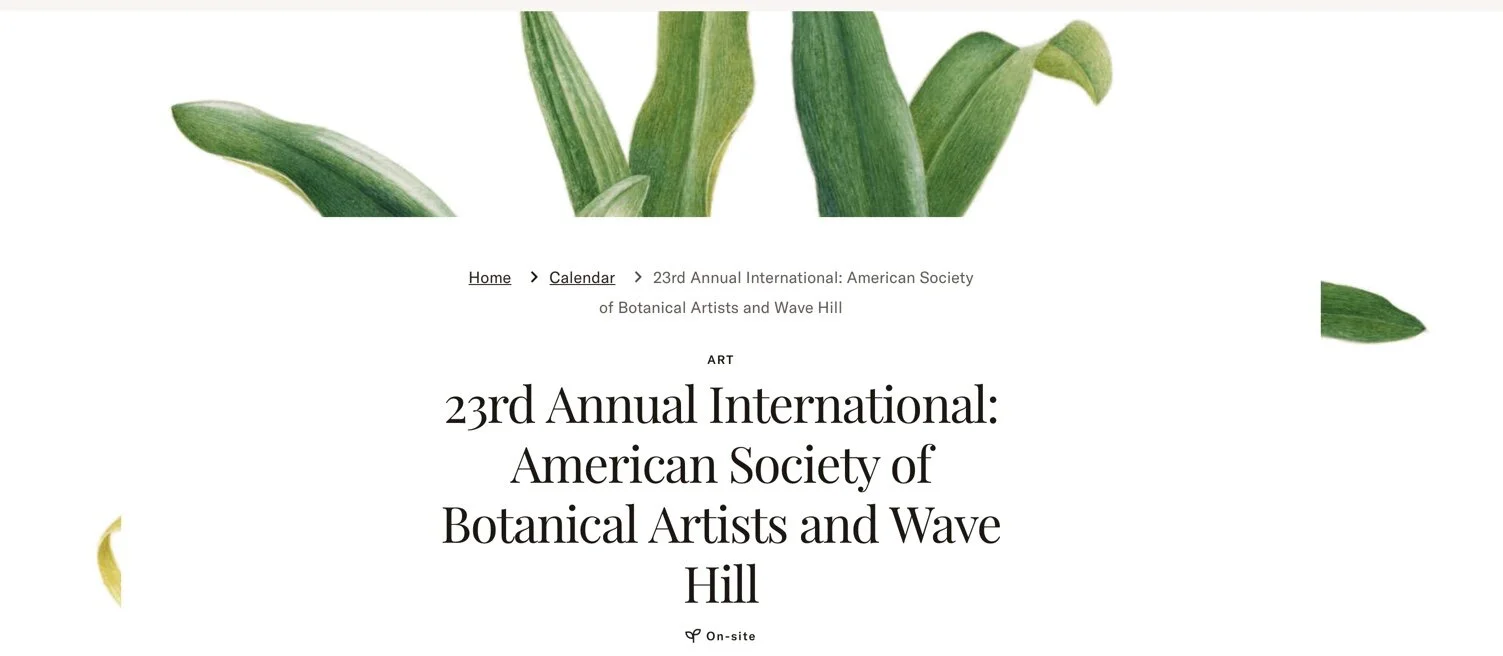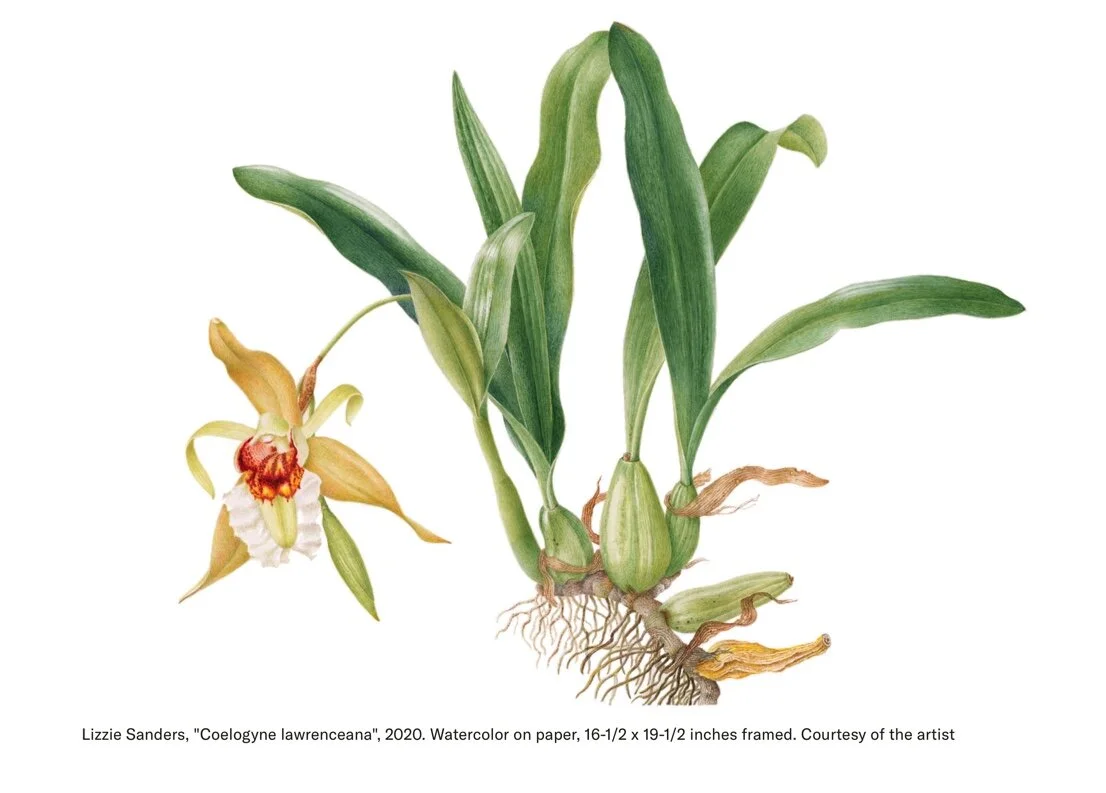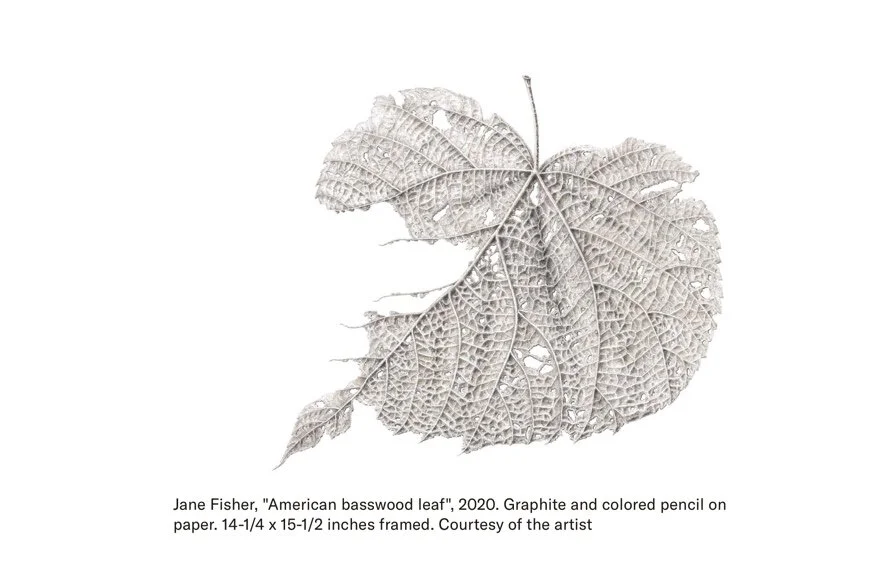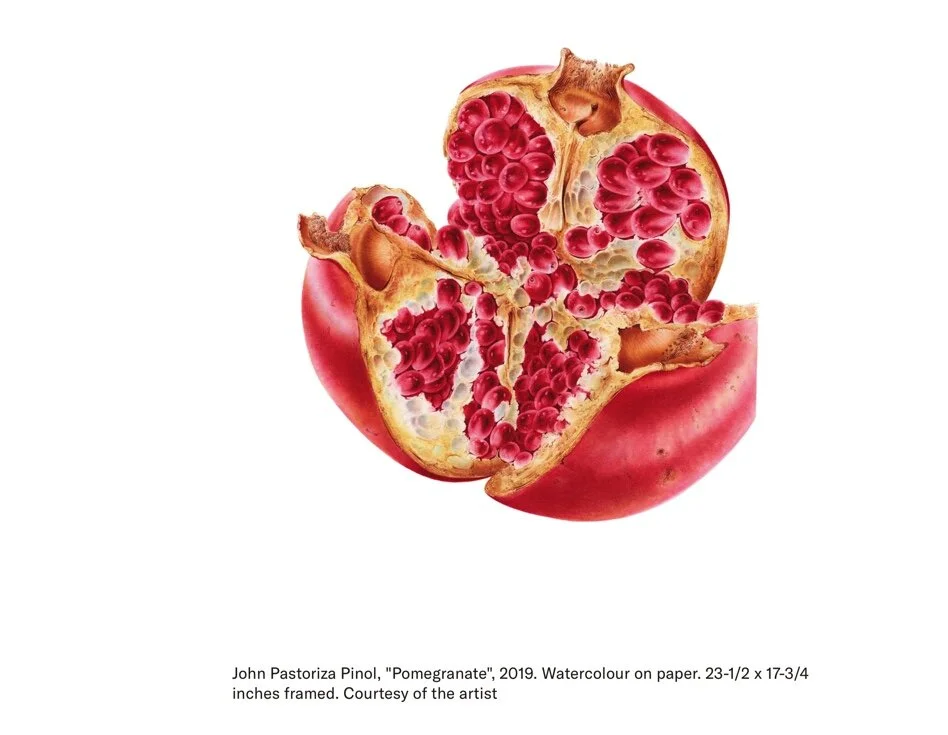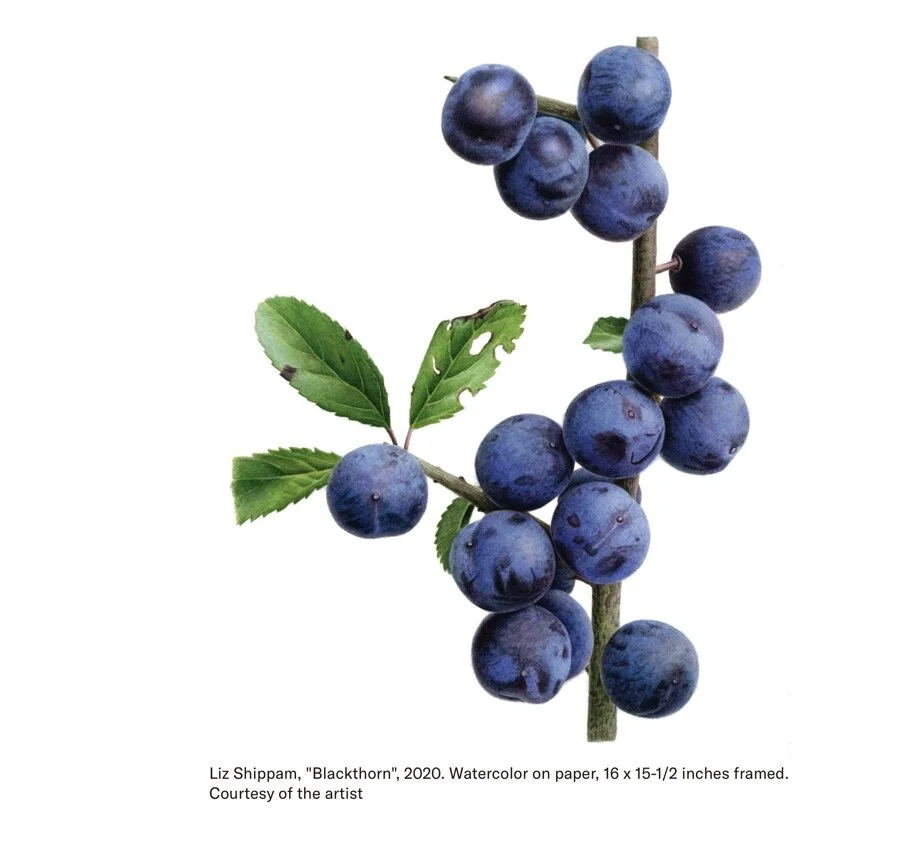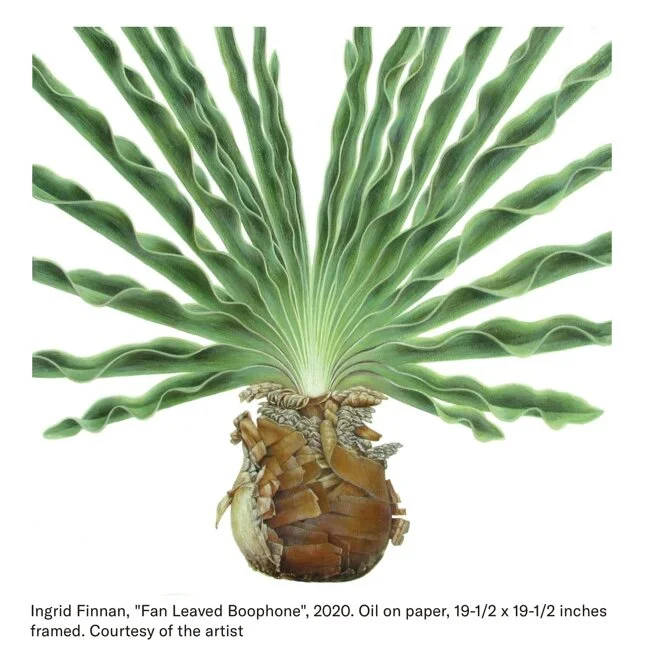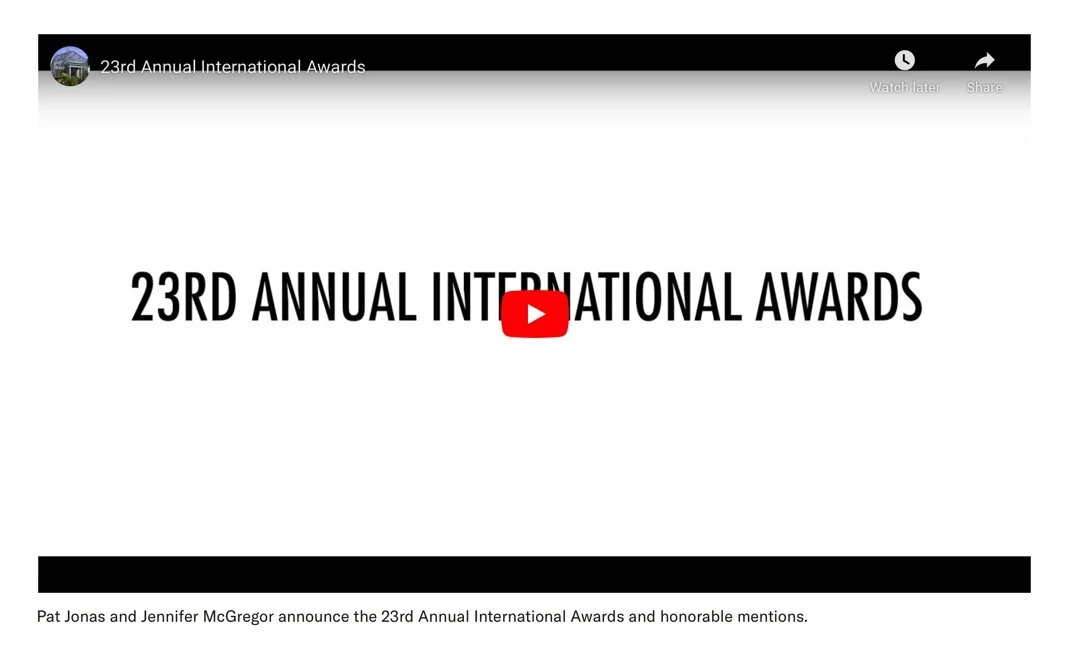Inspiration
By Anne Brownlee-Fisher
Spotlight on: Wave Hill
In 2018 and again in 2020 Wave Hill hosted the 21st and 23rd Annual International respectively, a juried exhibition of American Society of Botanical Artists, hosting works from May thru December 6th, 2020. Described as an 'oasis in the Bronx' by the New York Times, Wave Hill is an unconventional museum comprised of a nature sanctuary, performance venues, along with indoor and outdoor art exhibition areas. According to its website, "Wave Hill is a museum without walls with a living collection of more than 4,000 varieties of trees, shrubs, vines, and herbaceous plants.' Its 28 acre site hosts formal gardens, an 8 acre woodland, greenhouses, a conservatory, and multi-use indoor spaces. Like so many other events this year, Covid made its impact but the ASBA works remained accessible, with health and safety restrictions in place, for the duration of the exhibit (September 5th thru December 6th). Both ASBA and Wave Hill offered virtual means to view the works as well as the artists' statements. In conjunction with the exhibit, Wave Hill hosted studio visits and workshops with botanical artists Liz Shippam, John Pastoriza-Pinol, and Karen Kluglein which are also still available for viewing on their website, along with other artist interviews.
Wave Hill offers additional online and in person resources that are likely to be of interest and inspiration to botanical artists and those who enjoy nature. Founded as a public garden in 1965, visitors are invited to experience the open space and designed gardens within a large city. Situated above the Hudson River estuary, Wave Hill aims to work within its larger geographical setting to create inspiring vistas and views. The greenhouses and conservatory host an amazing array of flora representing climates from the desert to the rainforest. In the 'garden journal' feature of the website various plants are shown placed in an aesthetically thoughtful manner along with information about them. A good resource to remind ourselves of the earth's biodiversity as our own view out the window becomes a bit dreary! The museum also presents visual and performing artists whose works promote a thoughtful engagement with nature. Throughout this past summer a series of artists presented works under the theme 'Eco-Urgency: Artists Make the Case'. Originally planned as an in person exhibition slated for early April, it was re-tooled as an online exhibition which is slated to be in person later next year. Interviews, project descriptions, and conceptualizations of the nine artists can still be found and viewed on the Wave Hill website. Additional artists are hosted at the museum through residencies, indoor, and outdoor installation pieces. Their interviews and photos of installed works can be found on the website as well. They each present a unique viewpoint regarding humans' relationship to nature and the effects of modern life on our natural world.
Additionally this fall a series of talks and demonstrations around the theme of bees and pollinators were presented. Speakers such as Kim Eierman, ecological horticulturist and author of The Pollinator Victory Garden, their Senior Horticultural Interpreter emeritus Charles Day, and resident beekeeper Junior Schouten, presented information on how we can help pollinators, how honey is extracted, and all sorts of fun facts about bees. In addition to their presentations, you can also view a series of cooking demonstrations on their website done by Chef Aya Mohamed, often in conjunction with the food and gardening resources of Wave Hill, to concoct honey nut brittle with thyme, swiss chard, beet and fennel salad, and Kyoto eggplant and bitter melon stir fry. Additional onsite or at-home programming is offered designed as self-guided tours or at home family activities such as bird counts, city scavenger hunts, flower dissection, mammal jeopardy, the list goes on!
The museum acknowledges its complicated geographical history. Originally part of the Lenape tribe's territory, the arrival of the Dutch in the 1600s led to the eventual disappearance of the native peoples from their land. During colonial times the woodland area was turned into farmland. Later, as New York City's population exploded in the 1800, along with the rise of typhus, typhoid, and cholera New Yorkers began to search for homes outside the city. This might sound familiar nowadays! Although hard to imagine that what is now the Bronx was considered a pastoral retreat, the Morris family purchased what would become Wave Hill's site in the 1840s. Over time the ownership, structures and exact land boundaries evolved and various notables rented, stayed, or leased properties including publisher William Appleton, scientists T.H. Huxley, John Tyndall, and Charles Darwin, Theodore Roosevelt and family, and Mark Twain. In 1893 ownership went to the family of George Perkins, a financier and conservationist, and another fascinating chapter of growth and purpose began. But for all the details you must visit the website, there is just too much for this blog! In its present incarnation, Wave Hill's programming focuses on inclusivity, diversity, physical accessibility within their space, and a progressive approach to art.
Currently Wave Hill grounds are open but be sure to review Covid precautions on their website and call ahead to purchase tickets and make sure you have the most current information before planning a trip. Whether you are unable to make the trip or trepidatious due to Covid concerns, there are a plethora of interviews and talks allowing you to access Wave Hill resources electronically. Keep your eye on this wonderful resource to add some inspiration through the winter months!
VIDEO OF 23RD ANNUAL INTERNATIONAL AWARDS BELOW
